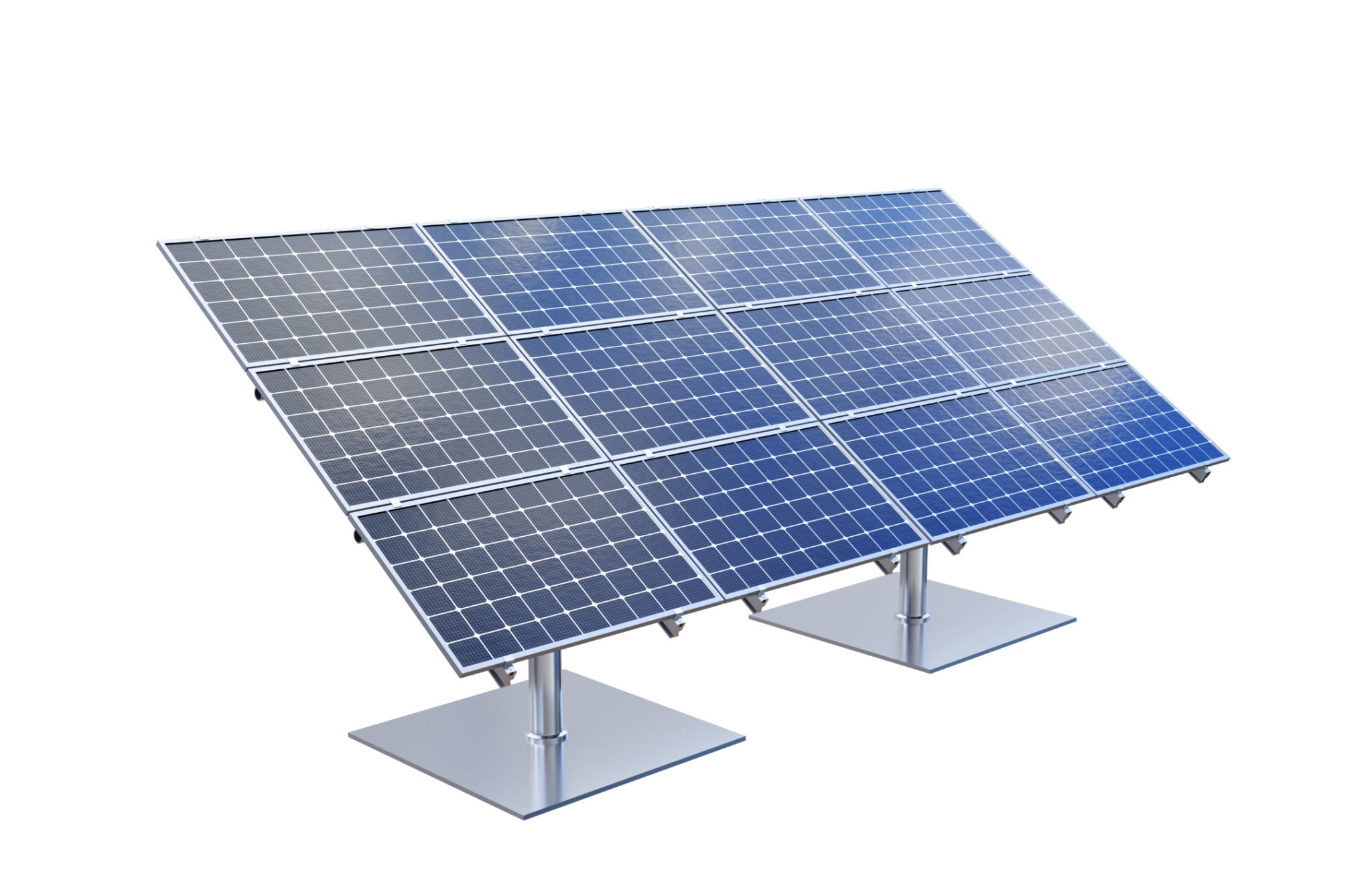The Rise of Eco-Friendly Homes in Central Swedish Cities
The Growing Trend of Eco-Friendly Homes
In recent years, central Swedish cities have witnessed a significant rise in the popularity of eco-friendly homes. As environmental concerns increasingly impact consumer decisions, the demand for sustainable living solutions has never been stronger. Homeowners are now more conscious of their environmental footprint and are actively seeking ways to minimize it.
Eco-friendly homes are designed to be energy-efficient and environmentally sustainable. They incorporate various green technologies and materials that reduce energy consumption, promote water conservation, and improve indoor air quality. This shift towards green living is not just a fleeting trend but a movement that is transforming the housing landscape in Sweden.

Key Features of Eco-Friendly Homes
Eco-friendly homes boast an array of features that set them apart from traditional homes. Some of these include:
- Energy-Efficient Appliances: Modern eco-friendly homes are equipped with energy-saving appliances that significantly reduce electricity consumption.
- Solar Panels: Many homes have installed solar panels to harness renewable energy from the sun, reducing reliance on fossil fuels.
- Green Roofs: These roofs are covered with vegetation, providing insulation, reducing rainwater runoff, and improving air quality.
These features not only contribute to a greener planet but also offer financial benefits to homeowners through reduced utility bills and potential tax incentives.

The Benefits of Eco-Friendly Living
Embracing eco-friendly living offers numerous advantages beyond environmental sustainability. One significant benefit is the potential cost savings. While the initial investment in eco-friendly technologies might be higher, the long-term savings on energy and water bills can be substantial. Additionally, eco-friendly homes often have higher resale values due to their modern features and sustainable appeal.
Another advantage is improved health and well-being. Eco-friendly homes promote better indoor air quality through the use of non-toxic building materials and efficient ventilation systems. This can lead to healthier living environments and a reduced risk of respiratory issues.

Government Initiatives Supporting Green Living
The Swedish government plays a crucial role in promoting eco-friendly homes through various initiatives and incentives. Policies encouraging sustainable construction practices and offering subsidies for green technologies have made it easier for homeowners to make the transition to eco-friendly living.
Programs such as tax reductions for energy-efficient renovations and grants for installing renewable energy systems have been instrumental in driving the growth of eco-friendly housing in central Swedish cities. These initiatives not only benefit individual homeowners but also contribute to national sustainability goals.
The Future of Eco-Friendly Homes in Sweden
The future looks promising for eco-friendly homes in Sweden as more individuals and communities recognize the importance of sustainable living. As technology continues to advance, we can expect even more innovative solutions to emerge, making it easier and more affordable for everyone to adopt green living practices.
The rise of eco-friendly homes reflects a broader societal shift towards sustainability, and central Swedish cities are leading the way in this global movement. By embracing these changes, Sweden is setting an example for other nations to follow in the pursuit of a healthier and more sustainable future.
